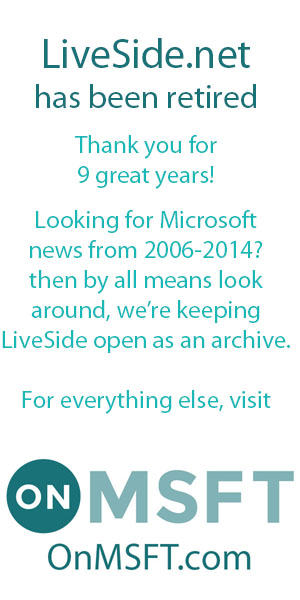If you want to get a start with some of the Windows Live SDKs, then it can be a daunting task. You could try looking for tutorials on the chosen SDK, or look at the examples that usually come with the SDK package. But with two of them you are actually provided with an interactive SDK that you can use and create your own code based on what you put choose. At the moment there are only two interactive SDKs, and they are provided for Live Search and Virtual Earth. Each one has its own advantages for usage, Live Search is a great starting point for your C# project, whether it be an ASP.NET project or a WinForms project; the Virtual Earth one is good for even the most basic of users, as it has the ability to let you put the code simply into a webpage and can easily give you, for example, a “Where are we” sort of page for your website.
Live Search
From here we can choose all the settings we want for our C# application, once we are happy with what we have, we click on Source Code and it gives us the C# code all ready to use:
This is a great starting point for anyone wanting to create a project based on the Windows Live Search APIs.
Virtual Earth
This one can require a bit of playing about with, the SDK itself gives you a template which you can then customise to your own needs:
With each change, you can then check the source code and get the relevant parts that you need:
An easy way to get the Latitude and Longitude co-ordinates for where you want your map to start is to go to http://local.live.com and get your map as you want it, then copy the link to the clipboard, which will give you something like this:
http://local.live.com/default.aspx?v=2&cp=51.18623~-1.598511&style=r&lvl=8&tilt=-90&dir=0&alt=-1000&encType=1
The bit we want is the cp= bit, so this: cp=51.18623~-1.598511. Everything before the ~ is the Latitude (this goes first in the code), then after the ~ is the Longitude (second in the code). There is probably a better way, but this is just for ease. Once you have got that, you can copy the code into a new HTML file, put in the latitude and longitude values in, and you’re away. I have created my own quick example, which can be viewed by clicking the link below:
Both of these interactive SDKs are very useful, and I hope more of them become available in the future.
SL





